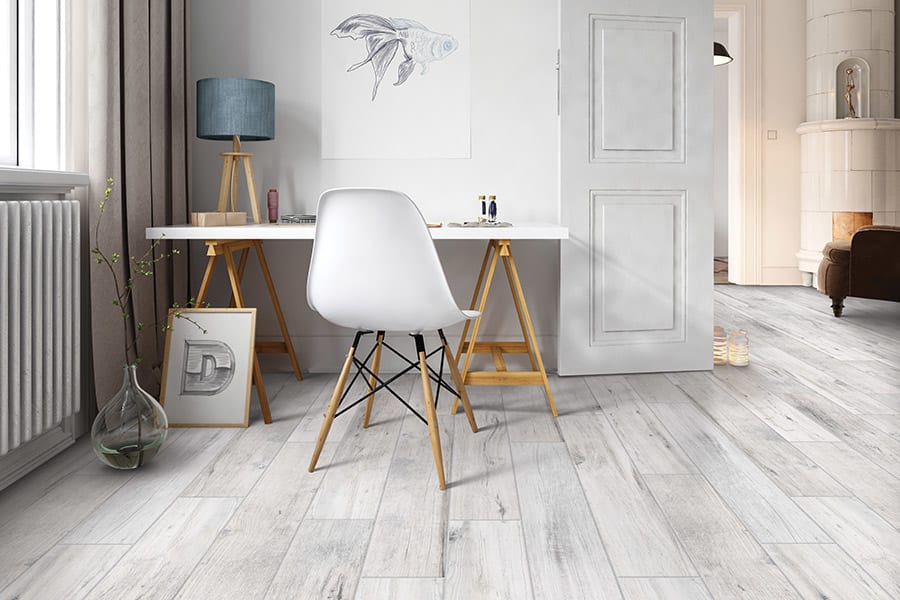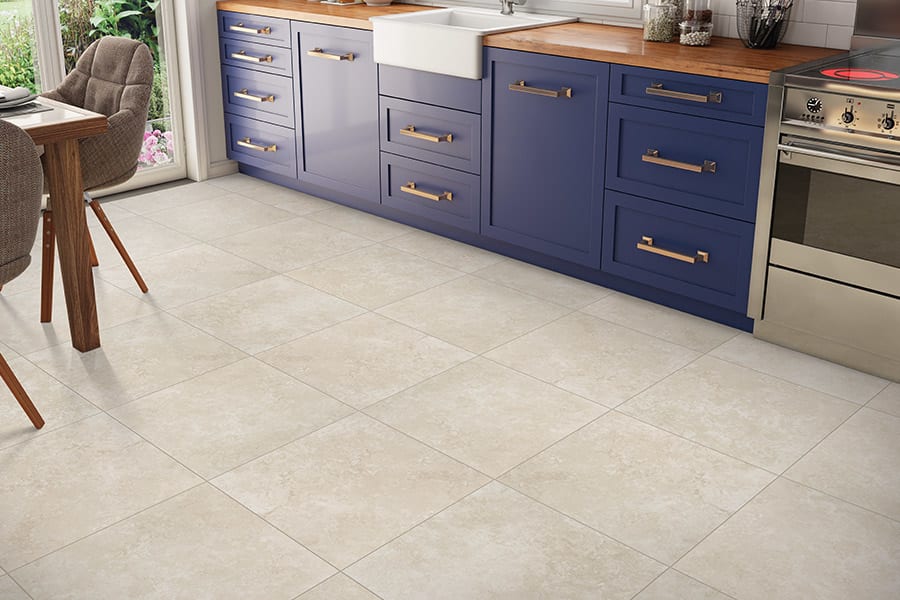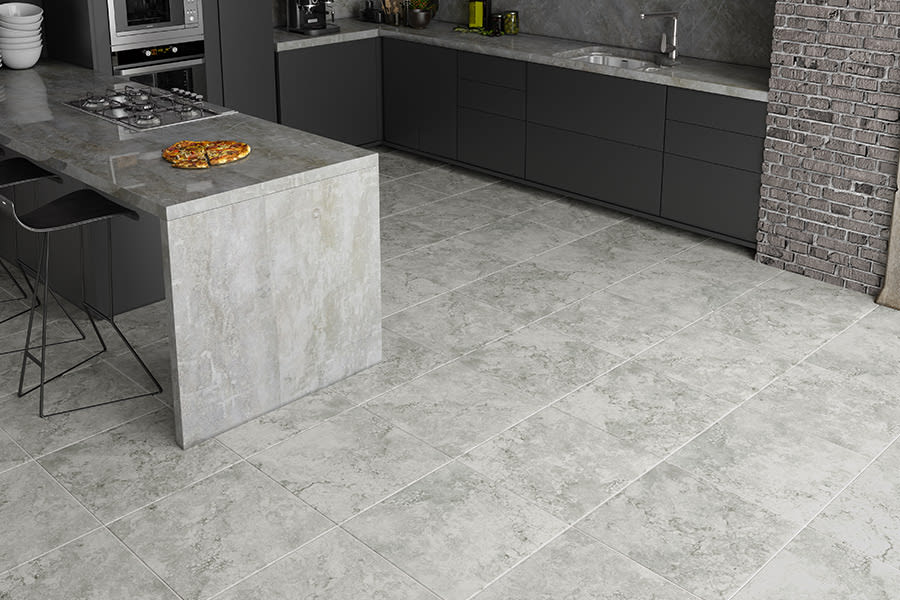Buying tips for ceramic & porcelain tile
The correct subfloor structure is critical to performance
Ceramic tile, more than any other form of flooring, requires the proper subfloor system and setting materials. A double subfloor system with the total thickness of 1-1/4″, over floor joists 16″ on center is required. The top subfloor layer should be exterior grade plywood or an underlayment specifically designed for ceramic tile installation like cementous backerboard.
Special setting materials are available which will allow ceramic tile installations over existing floors that are solid and already meet the above requirements. Failure to provide a sturdy base can cause grout to crack and release or tile to crack.
Ceramic tile, more than any other form of flooring, requires the proper subfloor system and setting materials. A double subfloor system with the total thickness of 1-1/4″, over floor joists 16″ on center is required. The top subfloor layer should be exterior grade plywood or an underlayment specifically designed for ceramic tile installation like cementous backerboard.
Special setting materials are available which will allow ceramic tile installations over existing floors that are solid and already meet the above requirements. Failure to provide a sturdy base can cause grout to crack and release or tile to crack.
Although many ceramic tiles look the same, there are quality differences
The quality of raw materials, the firing process, and the sophistication of glazing applications that create realism will determine the quality of the finished product. These quality differences are often reflected in the price.
Request an estimate
Selecting the right surface glaze is an important step when selecting floor tile
Floor tiles are rated for glaze wear and slip resistance, which are important factors to consider. Glaze ratings should exceed 3 for residential applications with the exception of bath areas that can use tiles rated 2. Tiles with a slip resistant rating of 0.5 or better should work well in most indoor residential applications.
Use caution when selecting tile for installations outdoors. Unglazed quarry tiles, tiles with heavily textured surfaces, or porcelain paver tiles, all with slip resistant ratings of 0.6 or greater are possibilities. They must also be frost resistant.
Use caution when selecting tile for installations outdoors. Unglazed quarry tiles, tiles with heavily textured surfaces, or porcelain paver tiles, all with slip resistant ratings of 0.6 or greater are possibilities. They must also be frost resistant.
Request the best in setting materials
New latex modified mortars and grouts provide better strength while also allowing greater flexibility.
Special caution: Dropping objects on ceramic tile–particularly heavy ones–can chip even the best tiles.
Special caution: Dropping objects on ceramic tile–particularly heavy ones–can chip even the best tiles.












